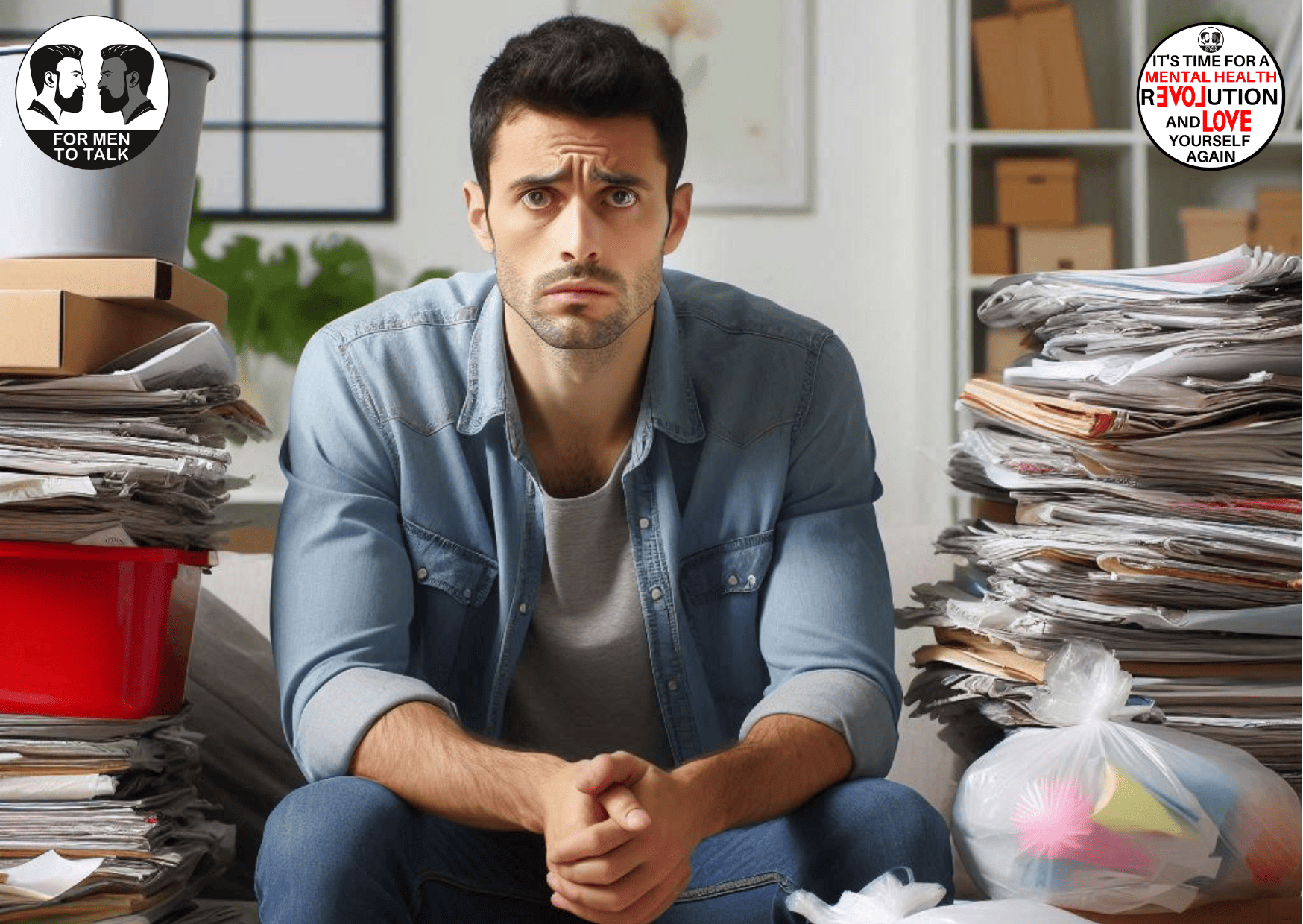What is the difference between hoarding, collecting, and cluttering?

Hoarding, collecting, and cluttering all involve having many things, but they are very different behaviours. It’s important to understand these differences to help ourselves or others who may struggle with keeping their space organised.
Hoarding
Hoarding is a mental health condition where people feel the need to keep everything, even items that most would see as useless. People who hoard struggle to throw anything away, which leads to their homes being filled with stuff. This can cause serious problems in their lives, such as unhealthy living conditions, difficulty moving around the home, and sometimes even conflicts with others.
Hoarders often attach emotional value to their items, fearing that if they get rid of something, they will lose a part of themselves or an important memory. This can include things like old newspapers, broken electronics, or even garbage. Hoarding is more than just having too many items; it involves a strong emotional attachment to these items, which makes it hard for the person to let them go. In severe cases, hoarding can affect a person’s health and safety, making professional help necessary.
Collecting
Collecting is very different from hoarding. Collectors have a specific interest in certain items and gather them in a purposeful and organised way. For example, someone might collect stamps, coins, or action figures. These collections are usually displayed neatly and often bring joy to the person.
Collectors tend to have control over their collections, and these items don’t interfere with their daily lives. Collecting is a hobby that people enjoy, and it doesn’t usually cause the stress or anxiety that hoarding can. Collectors also know the value of their items and often have a limit or specific goals for their collections. They enjoy sharing their collections with others and often have knowledge about the items they collect. Collecting is not considered a problem unless it starts taking over their space or negatively impacts their lives.
Cluttering
Cluttering is when a space becomes filled with too many things, but it’s not the same as hoarding. Cluttering often happens when people don’t have time to organise or don’t prioritise keeping their space clean. This can result in items piling up in places like countertops, floors, or closets, making it hard to find things or move around comfortably.
However, cluttering doesn’t involve the emotional attachment seen in hoarding. People who clutter can usually clean up their space if they take the time or hire someone to help. Clutter can make a home less enjoyable to live in, but it doesn’t carry the same mental or emotional weight as hoarding. It can still cause stress or discomfort, though, especially if it builds up over time.
The Key Differences
- Hoarding is driven by a strong emotional attachment to items, making it difficult for a person to throw things away, even if they are no longer useful. It is a mental health issue.
- Collecting is an organised hobby where people gather specific items of interest, but it does not negatively impact their lives.
- Cluttering is when a space becomes disorganised and filled with too many items, but without the deep emotional connection found in hoarding.
Understanding the differences between these behaviours can help people take action to address any issues they might be facing. If hoarding is a concern, professional help is often needed, while cluttering may simply require better organization habits. Collecting, when done responsibly, can be a fun and enjoyable activity.
By knowing these differences, we can better manage our spaces and live more comfortably.